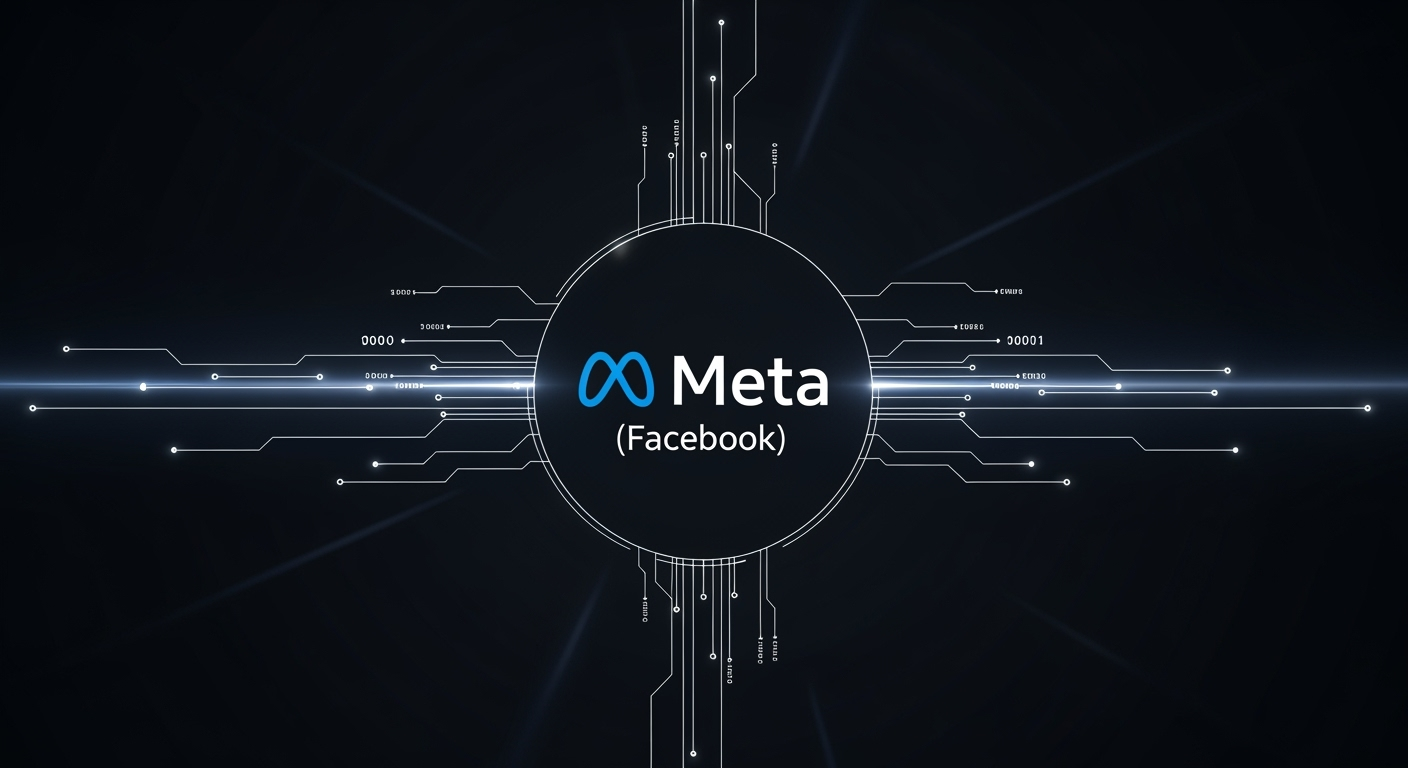Meta Bets on Smart Glasses to Replace Your Smartphone

Meta Unveils Ray-Ban Display: Could Smart Glasses Replace Smartphones?
Meta CEO Mark Zuckerberg has set his sights on a bold new vision: a world where smart glasses, not smartphones, are our main gateway to digital life. At the recent Meta Connect 2025 keynote, he introduced the Meta Ray-Ban Display, the company's most advanced smart glasses to date.
Why Glasses, Not Phones?
Zuckerberg positioned smart glasses as a way to help people be more present in the real world, minimizing the distraction of constantly checking phones. "The promise of glasses is to preserve this sense of presence that you have with other people," he said, underscoring Meta's strategy to make digital interaction less intrusive.
Introducing the Meta Ray-Ban Display
The new Ray-Ban Display smart glasses are more than just a stylish accessory. They pack in:
- High-quality cameras and speakers
- Built-in microphones and an AI assistant
- A unique, offset display for Meta apps like Instagram, WhatsApp, and Facebook
- Live features like directions and real-time translations
What truly sets them apart is the addition of the Meta Neural Band, a wristband that reads signals from your hand using surface electromyography (sEMG). This allows users to "write" messages in the air, making quiet, voiceless texting possible—something smartphones and other wearables have struggled to achieve.
How Does the Neural Band Work?
By detecting tiny muscle movements, the Neural Band translates gestures into text. Zuckerberg demonstrated sending messages simply by moving his fingers as if writing, claiming speeds of up to 30 words per minute. While this is slightly below the average smartphone texting speed, it's a significant leap for wearable tech.
More Than a Gimmick?
Meta hopes these glasses will do what past experiments—like the company’s social metaverse—could not: revolutionize how we interact with technology daily. The Ray-Ban Display is intended to make tech feel natural and unobtrusive, in contrast to the attention-demanding nature of smartphones.
A Massive Gamble
Meta’s Reality Labs division has invested billions in mixed reality, with losses exceeding $70 billion since 2020. Investors have watched nervously, but the unveiling of the Ray-Ban Display offers a glimpse into what those resources have built. The company is betting big that consumers are ready for a cultural shift away from phones and towards a more immersive, less disruptive digital experience.
What’s Next?
While other tech giants like Apple and Google are also developing smart glasses, it’s unclear if any device can truly dethrone the smartphone. The Meta Ray-Ban Display gives us an early look at what a smartphone-free future might look like—but whether people will embrace it remains to be seen.





